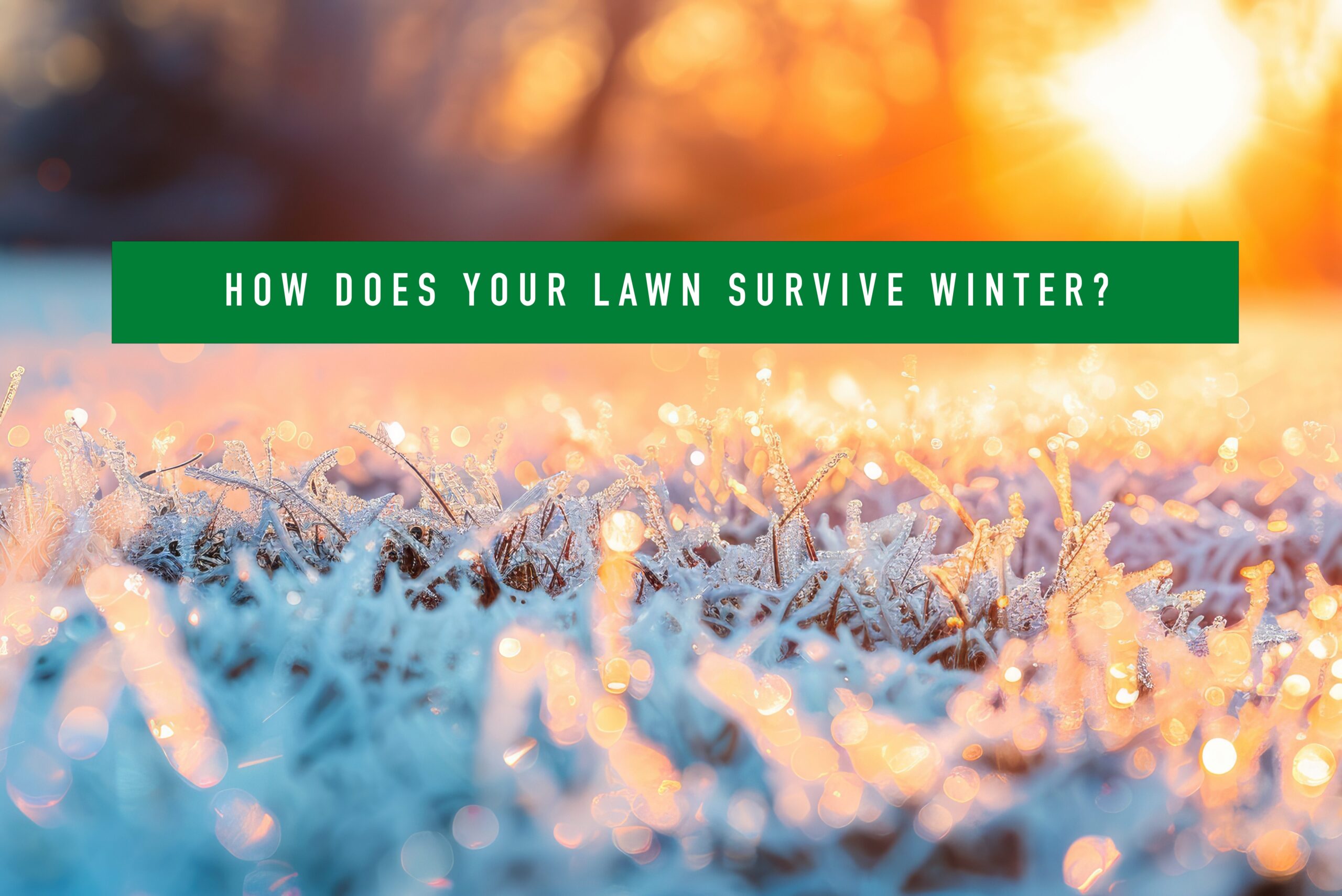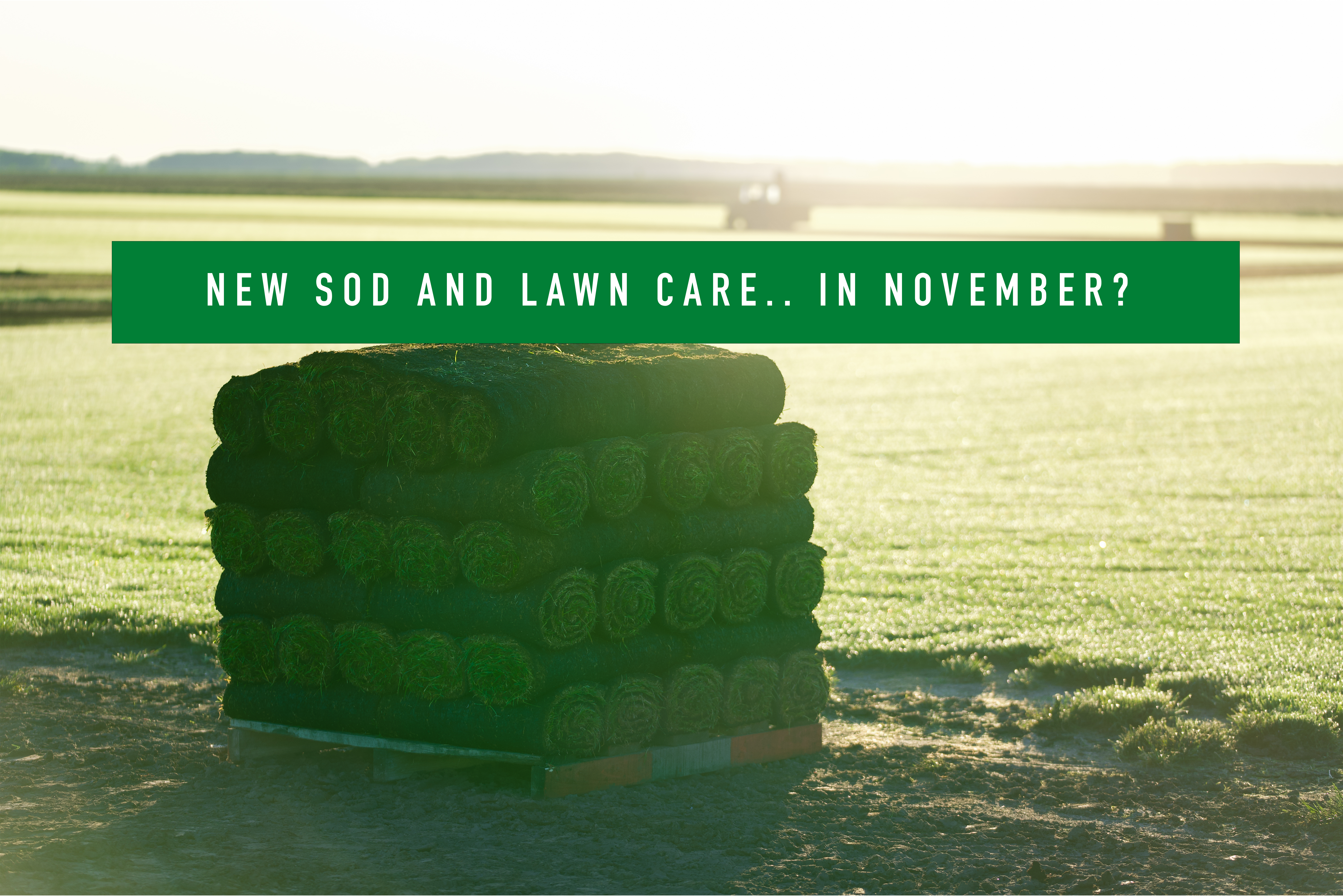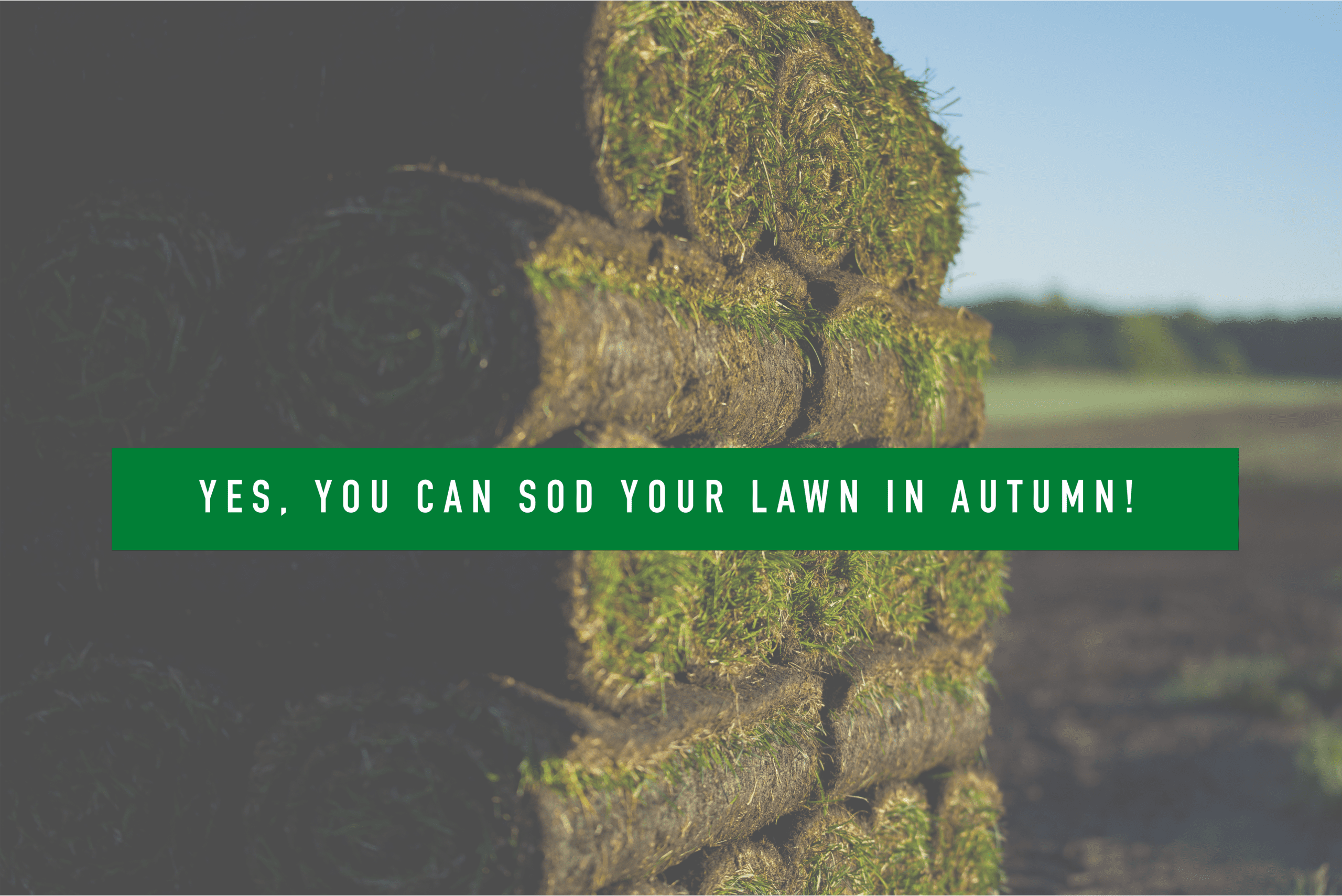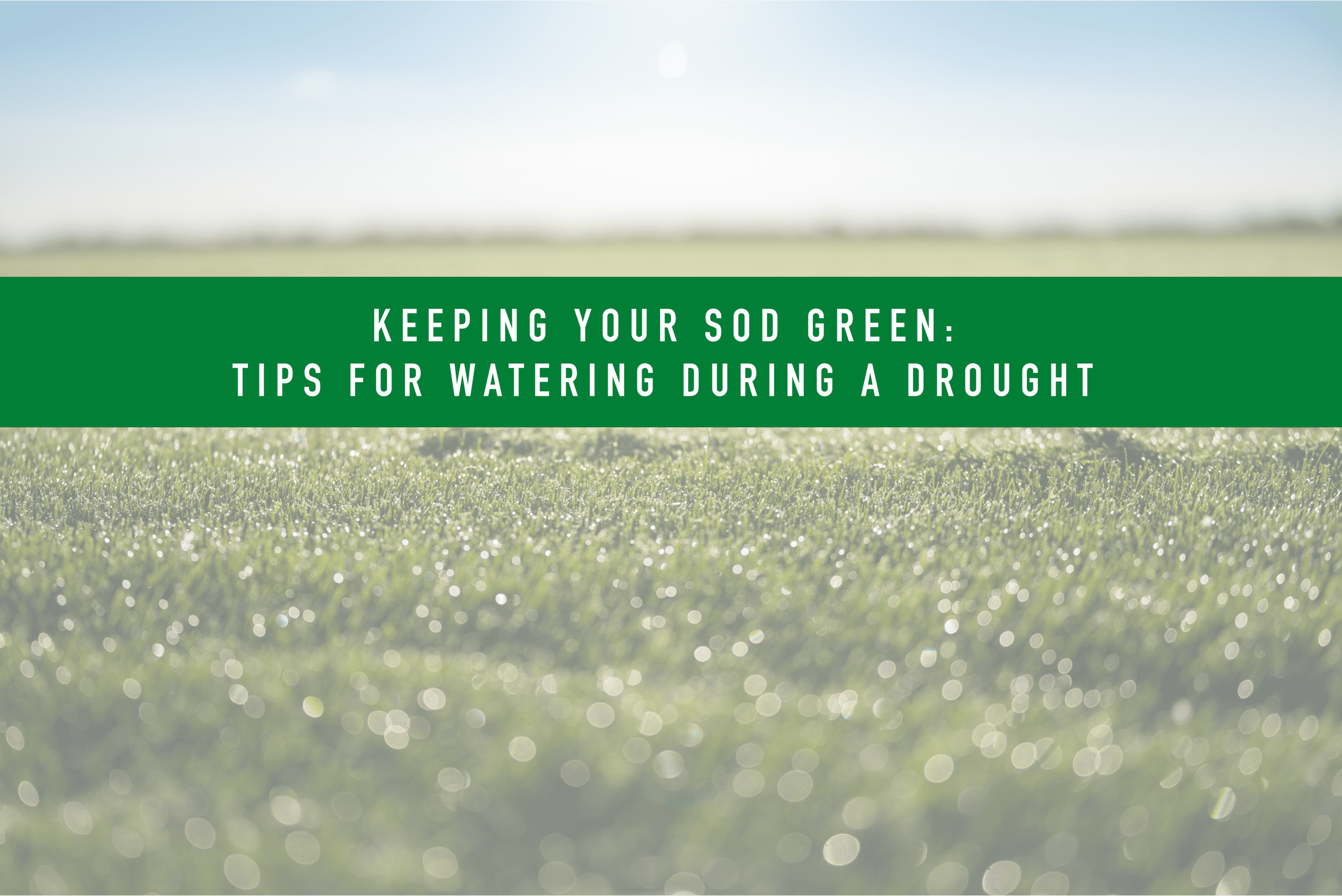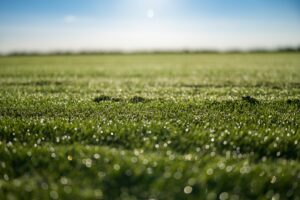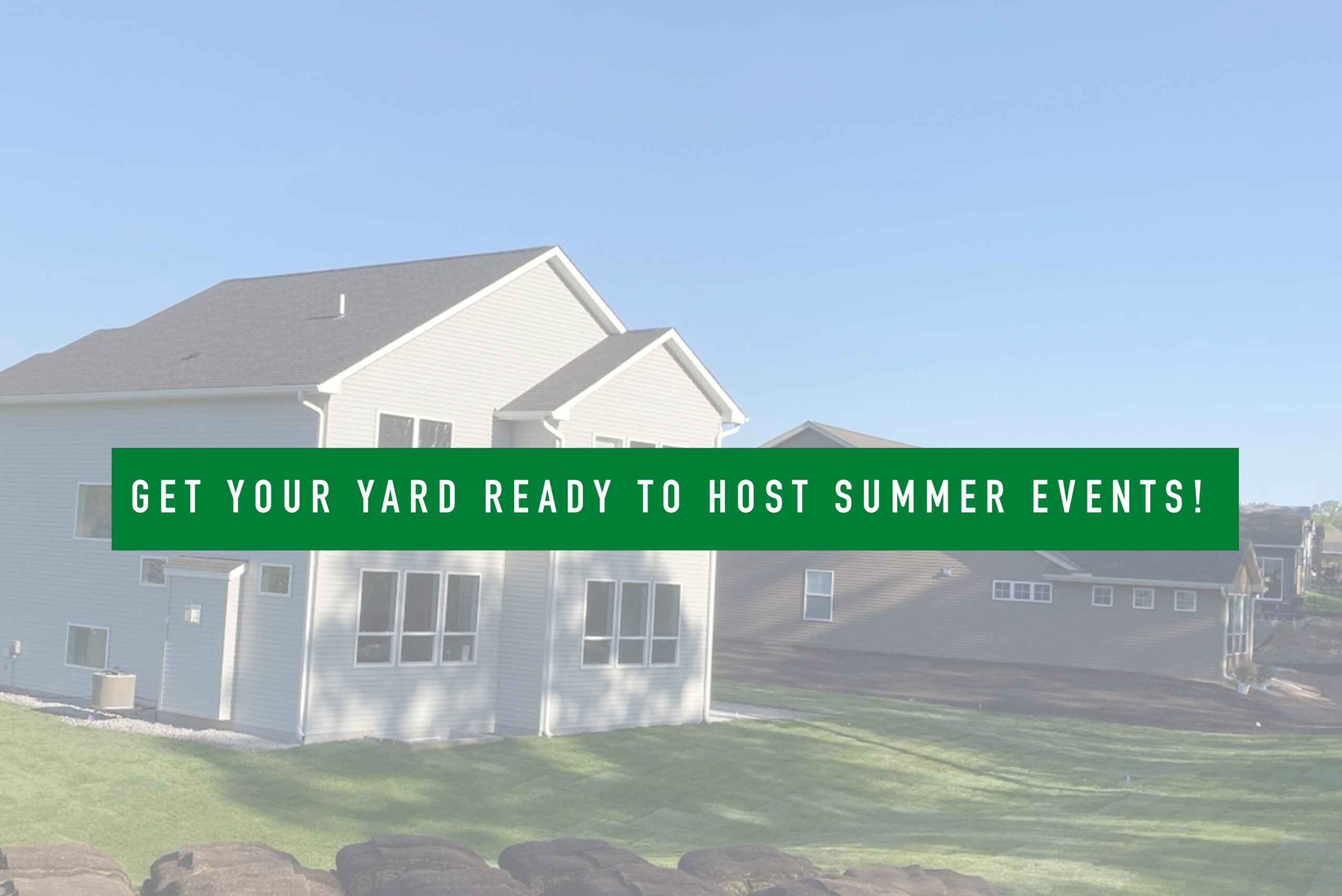B&B Hoffman Sod Farm knows a healthy lawn is more than just a pretty patch of green. From cooling your neighborhood to filtering water, reducing noise, and even boosting your mood (and your home value), natural grass works hard behind the scenes every day. We’ve put together some fun facts about how your lawn is doing way more for you than you ever imagined.
![]() Air Purification: Natural grass is essentially nature’s version of a home air purifier. It absorbs carbon dioxide and releases oxygen back into the air. A 2,500-square-foot lawn will release enough oxygen for a family of four!
Air Purification: Natural grass is essentially nature’s version of a home air purifier. It absorbs carbon dioxide and releases oxygen back into the air. A 2,500-square-foot lawn will release enough oxygen for a family of four!
![]() It’s Cool! (Literally!): Lawns are 30 degrees cooler than asphalt and 20 degrees cooler than bare soil – helping reduce urban heat. Would you rather watch your kid’s soccer game on hot turf or cool grass?
It’s Cool! (Literally!): Lawns are 30 degrees cooler than asphalt and 20 degrees cooler than bare soil – helping reduce urban heat. Would you rather watch your kid’s soccer game on hot turf or cool grass?
![]() Erosion Control: Not only does sod stop soil from sneaking into your home during a rainstorm, but it also keeps dust from turning your living room into the Old West. It’s science!
Erosion Control: Not only does sod stop soil from sneaking into your home during a rainstorm, but it also keeps dust from turning your living room into the Old West. It’s science!
![]() Water Filtration: Grass filters rainwater and improves groundwater quality by trapping gunk like dust, debris, and pollutants before heading to the nearest stream or lake. Your grass is out there doing the hard work while you’re just grilling burgers.
Water Filtration: Grass filters rainwater and improves groundwater quality by trapping gunk like dust, debris, and pollutants before heading to the nearest stream or lake. Your grass is out there doing the hard work while you’re just grilling burgers.
![]() Noise Reduction: All that lush green grass doesn’t just look pretty – it actually helps muffle street noise and neighborhood commotion. Your lawn is pretty much nature’s noise-canceling headphones.
Noise Reduction: All that lush green grass doesn’t just look pretty – it actually helps muffle street noise and neighborhood commotion. Your lawn is pretty much nature’s noise-canceling headphones.
![]() Stress Relief: Feeling stressed? Your lawn might be the best therapist you never knew you had. Spending time around grass and greenery has been scientifically proven to lower stress levels and boost your mood – no couch or co-pay required. So go ahead, take a deep breath, touch some grass, and let nature be your happy place.
Stress Relief: Feeling stressed? Your lawn might be the best therapist you never knew you had. Spending time around grass and greenery has been scientifically proven to lower stress levels and boost your mood – no couch or co-pay required. So go ahead, take a deep breath, touch some grass, and let nature be your happy place.
![]() Curb Appeal: A lush, green lawn isn’t just aesthetically pleasing; it can also boost your home’s value by 15% – 20%! You can’t afford not to invest in your lawn.
Curb Appeal: A lush, green lawn isn’t just aesthetically pleasing; it can also boost your home’s value by 15% – 20%! You can’t afford not to invest in your lawn.
The next time you step outside and feel that cool grass under your feet, remember: your lawn is doing more than just looking good. It’s cleaning your air, calming your mind, and even adding value to your home. B&B Hoffman Sod Farm is proud to grow the grass that keeps your world greener, healthier, and a little more peaceful. If your lawn needs a boost – whether it’s looking just a little patchy or you need to completely resod – give us a call! We’ll get you set up with the same grass seed we use to grow our beautiful sod, or we can completely transform your lawn.
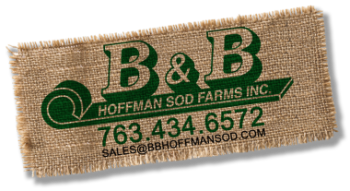
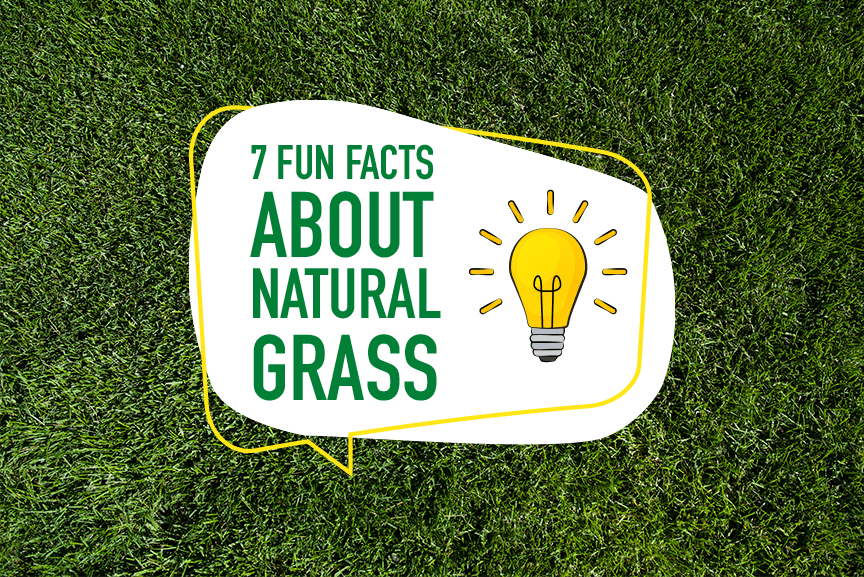

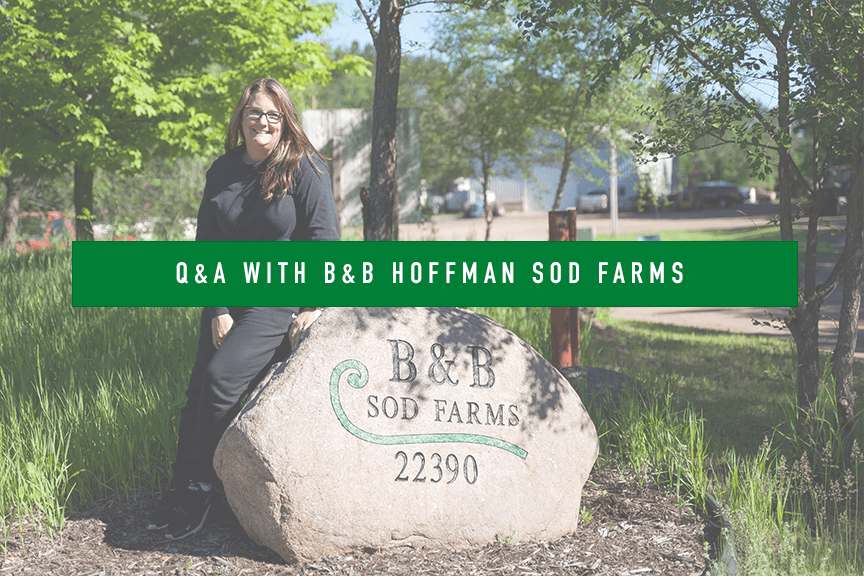

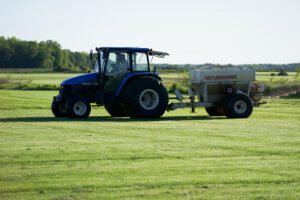



 Safer for Sports and Play
Safer for Sports and Play
